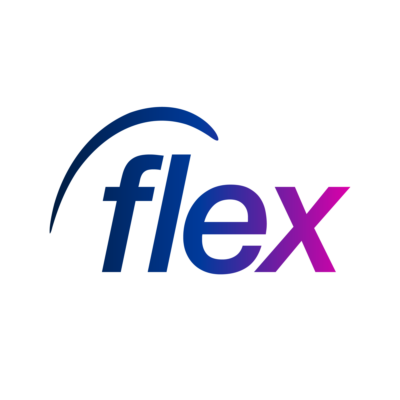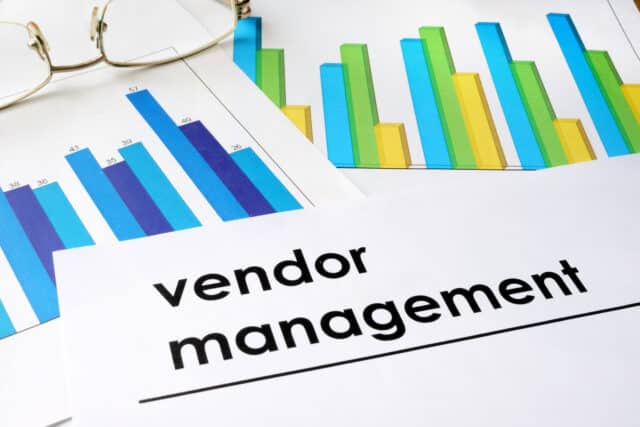
Workforce compliance in 2025 presents a host of challenges for businesses, driven by constant regulatory changes, the rise of hybrid work models, and the complexities of international operations. Organisations must deal with these changes, to minimise risks and keep things running smoothly.
The compliance challenges of 2025
- Key regulatory changes impacting workforce management: Legislation around workforce compliance continues to grow in scope and complexity. For example, stricter employment laws addressing worker classification, fair wages, and workplace safety are being introduced globally. In the UK, updates to employment law, such as the Employment Bill, have placed greater emphasis on flexible working rights and transparency in employment contracts. Businesses must stay informed about these updates to avoid violations.
- Managing compliance for remote and hybrid workforces: The shift to remote and hybrid work has has added to considerations in respect of compliance. Employers must ensure that remote workers stick to local employment laws, including working hour restrictions and health and safety requirements. Additionally, tracking hours worked and ensuring accurate payroll for remote teams can be challenging without the right tools in place.
- Cross-border compliance for global operations: For organisations operating across multiple countries, cross-border compliance is a significant hurdle. Each country has its own set of employment laws, tax regulations, and reporting requirements. Failing to comply with these rules can result in fines, legal disputes, or reputational damage.
- Data privacy regulations and workforce compliance: Data privacy laws, such as the General Data Protection Regulation, continue to impact workforce compliance. Employers must ensure that employee data is handled securely and transparently. Mismanagement of sensitive information, such as payroll data or health records, can lead to severe penalties.
Consequences of non-compliance
The cost of non-compliance extends beyond financial penalties — it can also cause reputational harm, erode trust among employees and stakeholders, and disrupt daily operations.
Implementing compliance technology: A strategic approach
Adopting compliance technology requires a thoughtful and strategic approach to maximise its benefits and ensure seamless integration into existing workflows.
Evaluating current compliance gaps
Start by conducting a comprehensive assessment of your organisation’s compliance processes. Identify areas where manual processes or outdated systems are causing issues or increasing risk.
Selecting the right technology solutions
When choosing compliance tools, consider the following factors:
- Scalability to grow with your organisation.
- Integration capabilities with existing HR and payroll systems.
- User-friendly interfaces to encourage adoption among employees.
Integration and change management
Integrating new technology with existing systems can be challenging. Develop a clear roadmap that outlines integration steps, timelines, and responsibilities. Additionally, invest in change management strategies, such as training programmes and regular communication, to ensure a smooth transition.
Measuring ROI on compliance technology
To evaluate the success of your compliance technology investment, track key metrics such as reductions in compliance violations, time saved on manual tasks, and overall cost savings.
For more information on aligning compliance strategies with workforce planning, have a read of Indeed Flex’s blog on strategic workforce planning.
Key features to look for in workforce compliance software
When selecting compliance software, prioritise features that address your organisation’s unique needs, while ensuring scalability and ease of use.
- Real-time monitoring and alerts: Detect and address compliance issues as they arise.
- Centralised policy management: Store and distribute compliance policies from a single platform.
- Automated training and certification tracking: Ensure employees stay up-to-date with mandatory training.
- Comprehensive audit trails: Maintain transparent records for audits and reporting.
- Customisable reporting dashboards: Generate tailored compliance reports effortlessly.
- Integration capabilities: Seamlessly connect with HR, payroll, and workforce management systems.
- Mobile accessibility: Enable remote employees to access compliance tools on the go.
Industry-specific compliance technology applications
Compliance requirements vary significantly across industries. Tailored technology solutions can address these unique needs effectively.
Retail and hospitality
For retail and hospitality, compliance tools simplify scheduling, ensure adherence to wage and hour laws, and streamline health and safety protocols.
Financial services
Financial institutions benefit from compliance technology for regulatory reporting, transaction monitoring, and credential verification. These tools help maintain trust and meet stringent industry standards.
Manufacturing
Manufacturing and logistics companies rely on compliance tools to manage safety regulations, equipment certifications, and environmental compliance. Automated reporting ensures that all requirements are met without disrupting production or distribution
Simplify compliance with Indeed Flex
Managing workforce compliance doesn’t have to be overwhelming. With Indeed Flex, you can streamline your staffing processes while ensuring alignment with the latest regulations, all through a user-friendly platform designed to reduce risks and enhance productivity. Request a demo today to discover how Indeed Flex can transform your workforce management.








